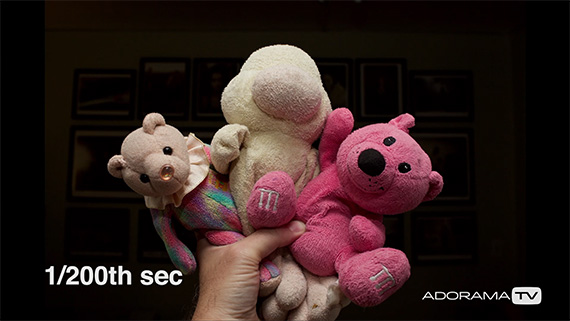Do you ever find yourself shooting indoors with a flash, and when you look at the image, the background is so dark it may as well not be there? If you’re working with a camera that has manual mode, there’s an easy fix. Adorama’s David Bergman explains in the video below:
While a darkened background may be what you want in some photos, having it happen unintentionally can be very aggravating, especially if the background is key to what you want your image to convey. The key here is getting the camera to do what you want it to do—to have a darkened background if that’s what you want, and a well-lit background when that’s the look you’re going for. In any other mode than manual, your camera’s been programmed to default to certain assumptions, and in this case, that means shooting your subject quickly to avoid motion blur.
When using the flash indoors, a quick shutter speed will be light up your subject just fine—the flash has that covered. What the flash doesn’t really cover is what’s behind your focus point. That’s all lit with ambient light, which needs more time to enter your camera’s sensor. That’s why allowing for a longer shutter speed will light up your background (assuming there’s ambient light to start with). Just remember to have enough distance between your subject and the background.
The catch, however, is that the longer your shutter speed, the more you risk motion blur on your subject—that’s the balancing act. If you’re photographing kids or people moving about, lengthening out your shutter speed probably won’t work for you. And even in the video, Bergman doesn’t really get a well-lit background, even after adjusting his automatic shutter speed of 1/200 of a second down to 1/60.
Gear Used
- Canon EOS 5D Mark III
- Canon EF 35mm f/1.4L II USM AutoFocus Wide Angle Lens
- Canon Speedlite 600EX-RT
The takeaway? Learn your camera and practice with the different shutter speeds to know the effect they’ll have. Also, it won’t hurt to have at least one or two photos with the background dark and one or two with the background lit. Who knows? You might find that you like that darkened background shots better.
Like This Article?
Don't Miss The Next One!
Join over 100,000 photographers of all experience levels who receive our free photography tips and articles to stay current:








Leave a Reply